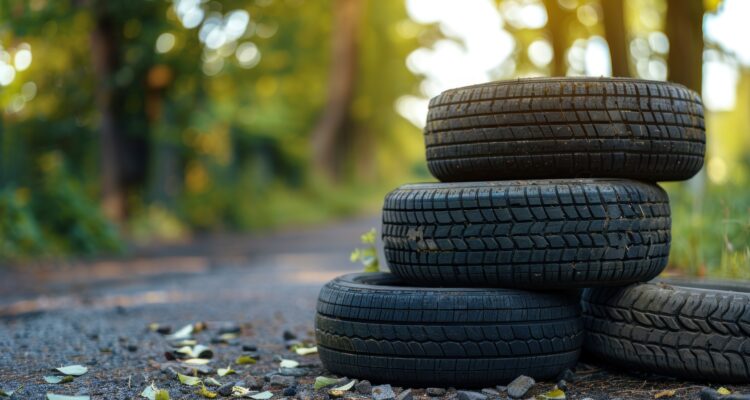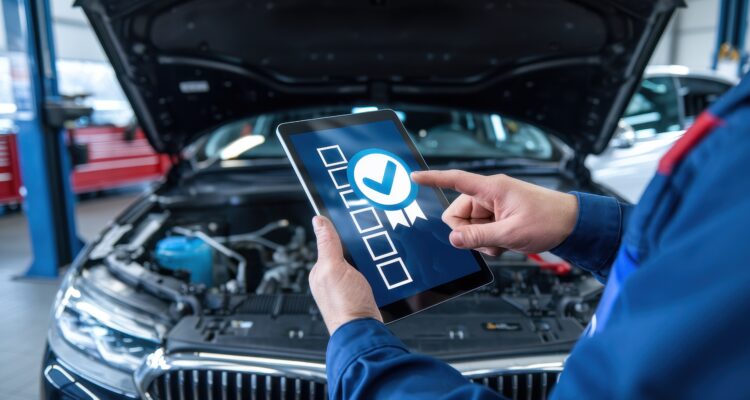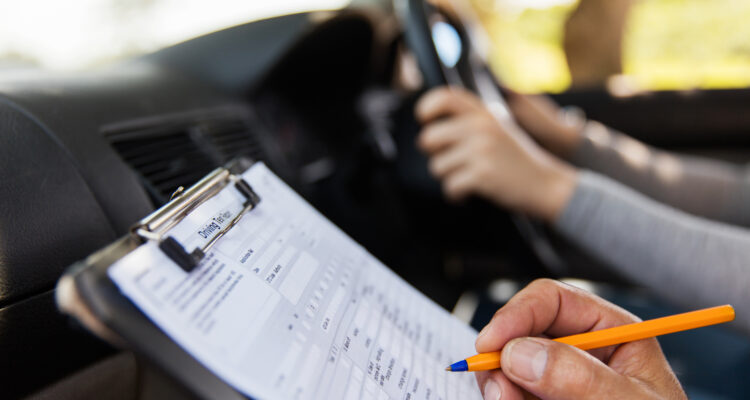Your tyres are the only part of your vehicle that touches the road, making them crucial for your car’s safety. Proper maintenance is essential to ensure safety for yourself and other road users.
Keep your tyre knowledge up to scratch with Vavista’s Ultimate Guide to Car Tyres…
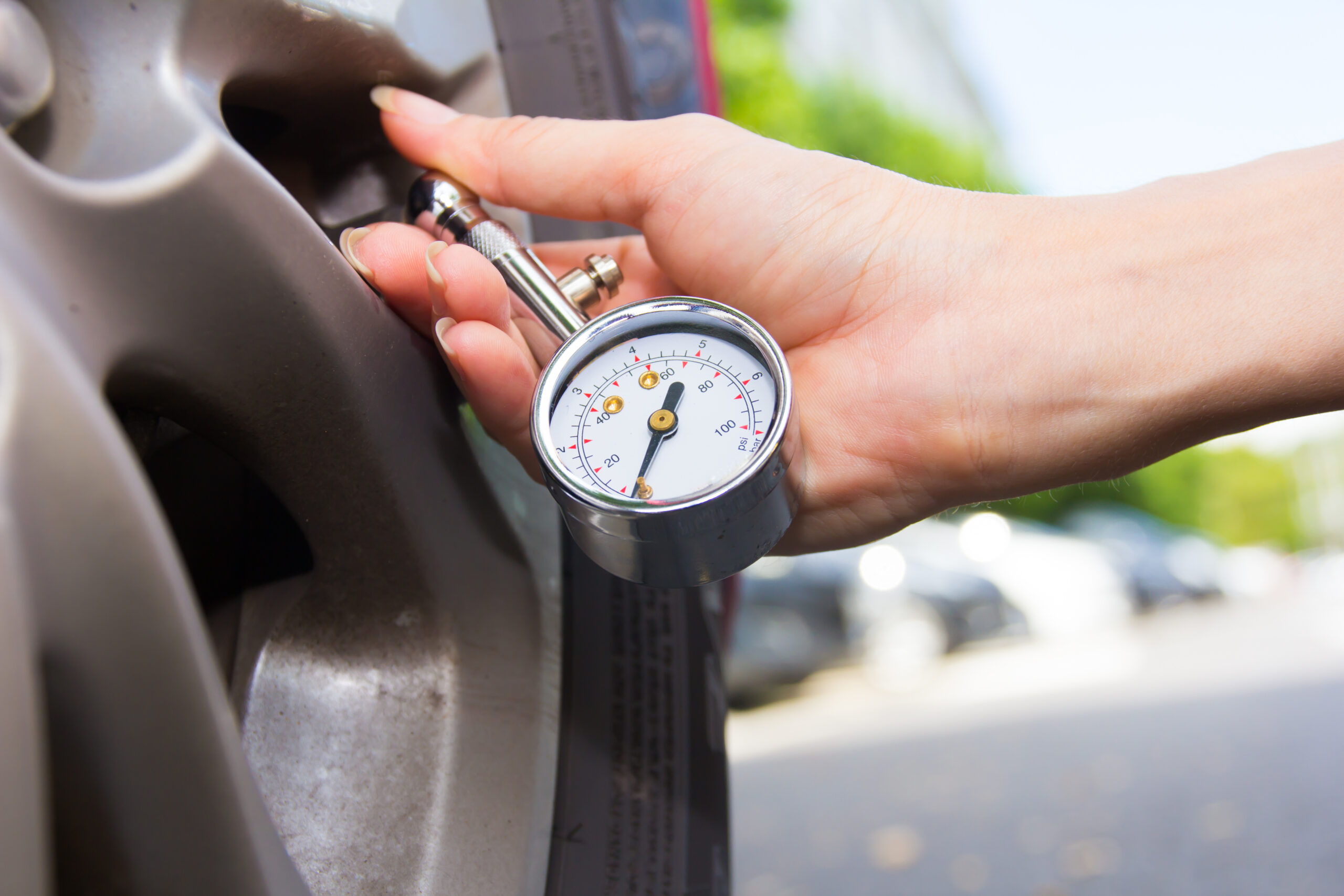
In 2023, there were 491 collisions in the UK where illegal, defective, or under-inflated tyres were a contributing factor1. This highlights the importance of regular tyre maintenance to keep you and other road users safe.
When Do I Need New Tyres?
There are a few signs to look out for when checking if you need new tyres. Look for cuts, tears, bulges, or other damage to the tyre walls. This could indicate that you need your tyres replaced immediately. All vehicles on UK roads are legally required to have a minimum tread depth of 1.6mm. The easiest way to check this is using a 20 pence coin:
- Insert a 20p coin into the main grooves of the tyre tread.
- If the raised outer rim of the coin (engraved with “TWENTY PENCE”) is not visible, the tyre has sufficient tread depth.
- Ensure you check at least three different spots on each tyre, as wear can vary across the surface.
- If you don’t feel confident enough to decide this, you can get this checked for you at a local garage or tyre specialist.
What Tyres Do I Need for My Vehicle?
When changing a tyre, it’s now advised to replace the tyre on the same axle to maintain balance and handling of your car. Uneven grip on each side can lead to safety issues, especially in wet conditions. It also reduces wear and tear on the suspension and steering.
Before you take your car into a garage or tyre retailer, you’ll need to know what size of tyre you’re looking for. If you aren’t sure what size you need, you can go onto the DVLA website and enter your vehicle’s registration; this will offer you a range of suitable tyre sizes.
However, it’s best to get an exact match by checking the number/letter combination printed on the sidewall of the tyre.
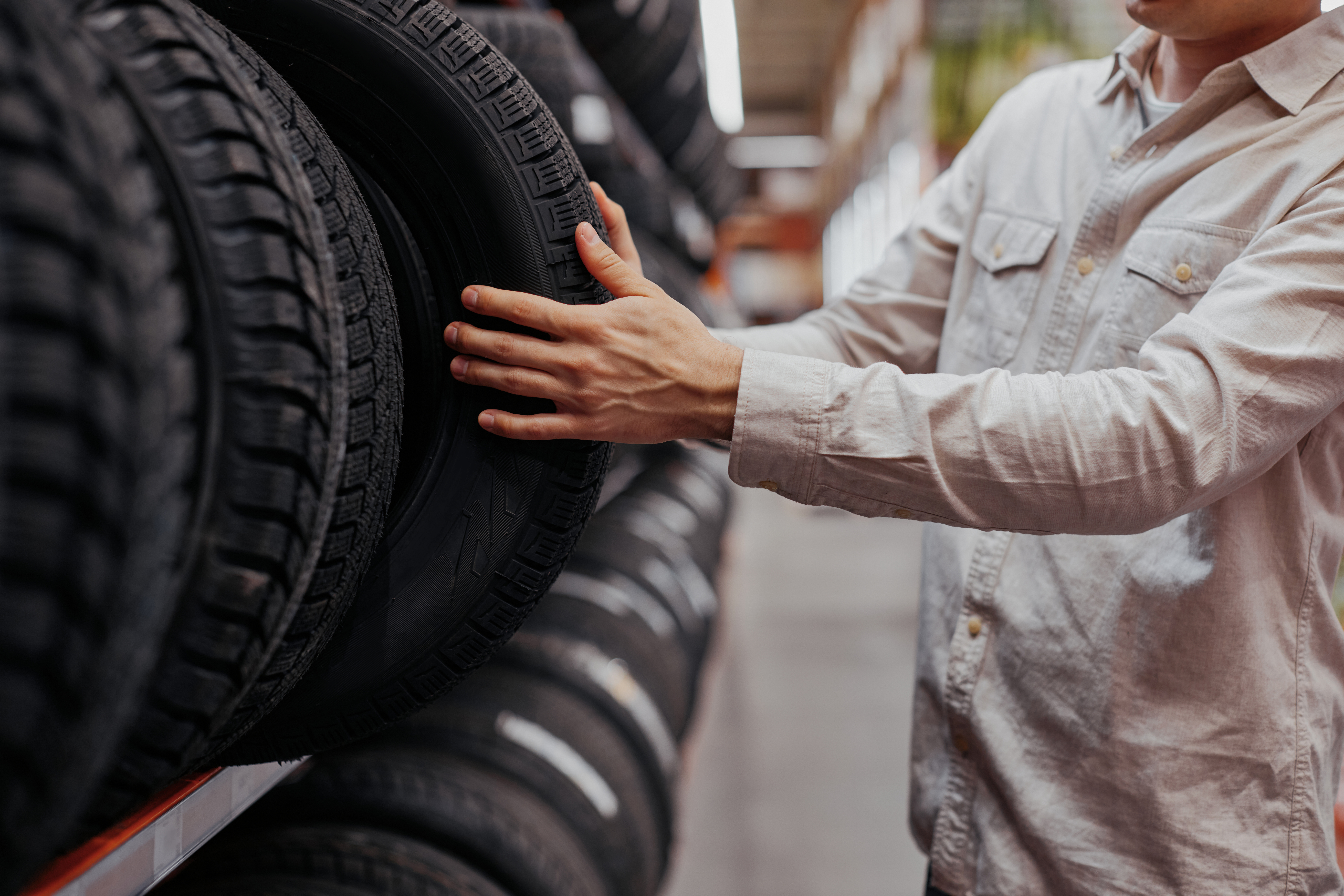
How to Read Your Tyre Number
This number may look like a random selection of numbers and letters, but every part tells you some details about your tyre. A tyre sidewall marking like 205/55 R16 91V provides important tyre information:
- 205: The tyre width in mm.
- 55: Aspect ratio (55% of the tyre width). The aspect ratio is the height of the tyre’s sidewall shown as a percentage of the tyre’s width. For example, if a tyre has an aspect ratio of 55, the height of the tyre’s sidewall is 55% of the tyre’s width.
- R: Radial construction (most common). Radial construction means that the tyre’s internal layers (plies) are arranged in a radial pattern. The plies run at a 90-degree angle to the direction of travel and across the tyre. This design provides flexibility in the sidewalls and a stronger grip on the road.
- 16: Rim diameter in inches.
- 91: Load rating (maximum weight the tyre can carry). The number 91 in tyre markings refers to the load index, which is a code corresponding to the tyre’s maximum weight-carrying capacity in kilograms. For example: A load index of 91 means the tyre can carry 615 kg per tyre when properly inflated.
- V: Speed rating (maximum speed of 149 mph). The final letter of the tyre code gives a speed rating, which is the maximum speed that the tyre can handle while correctly inflated and under load. The letter displayed will vary, usually between Q and Y.
What is the difference between premium, mid-range and budget tyres?
Tyres come in three bands: premium, mid-range, or budget. Premium brands have their status due to their knowledge of tyres; you will find that the balance of the ride, handling, and road noise is better than other bands of tyres.
Mid-range tyres can offer more in terms of performance and wear than budget tyres but less than premium tyres. These are suitable for drivers with moderate annual mileage and that drive on both motorways and main roads.
Budget tyres are the least expensive type, but the lifespan of the tyre will not be as long. The quality of the rubber will also be lower than the premium tyres, which affects stopping distances too.
Set yourself a budget and ask the seller for the best tyre for you.
How Do I Check My Tyre Pressures?
Did you know that driving with tyres that are either underinflated or overinflated can negatively impact your braking distance, steering control, fuel efficiency, and the overall lifespan of your tyres? It is a good idea to check your tyre pressures every couple of weeks and especially before a long journey. You can do this by:
- Locate an Air Machine: Most fuel and service stations have air machines where you can check and inflate your tyre pressure. You can also buy your own machine to check your tyres at home.
- Find the Recommended Pressure: Each vehicle has a specific recommended tyre pressure, usually found on the inside of the driver’s door, petrol cap, or in your vehicle manual.
- Set the Air Machine: Adjust the air machine to the recommended tyre pressure.
- Attach the Air Pressure Gauge: Unscrew the valve caps on each tyre and firmly attach the air pressure gauge to the tyre valve. You should hear a small ‘hiss’ as it connects, and the machine will give you a reading.
- Adjust the Pressure: If the reading is lower than the recommended pressure, the machine will inflate your tyre to the correct level. If the reading is higher, release some air until it matches the recommended pressure.
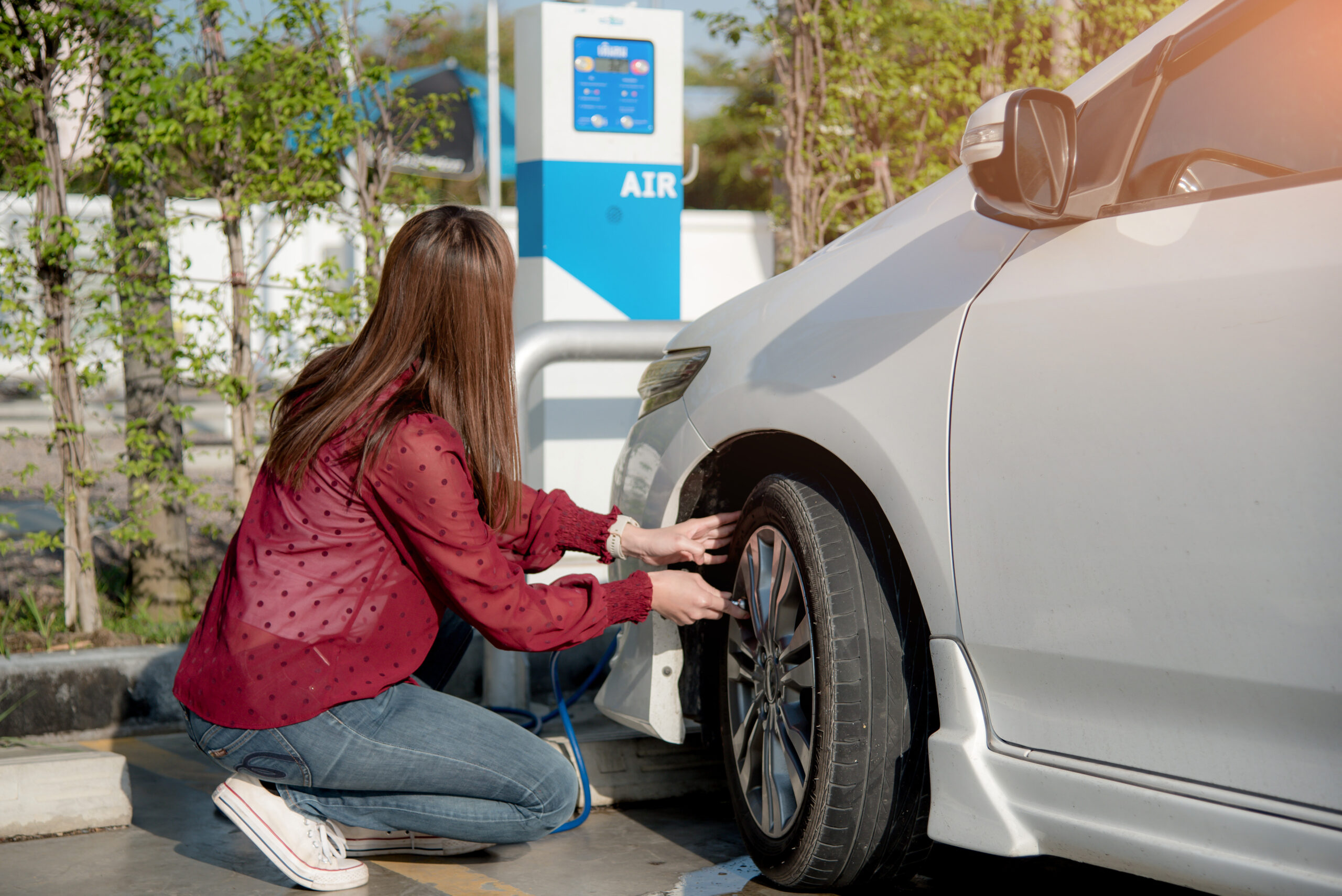
We hope this tyre guide has been helpful for you, and you can now feel more confident when purchasing and looking after your tyres.
For more information on safe driving, check out your knowledge with the ‘Ultimate UK Road Signs Test’.
Looking for Car Insurance? Get a quote today with Vavista!
